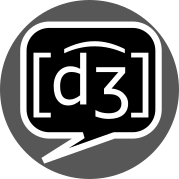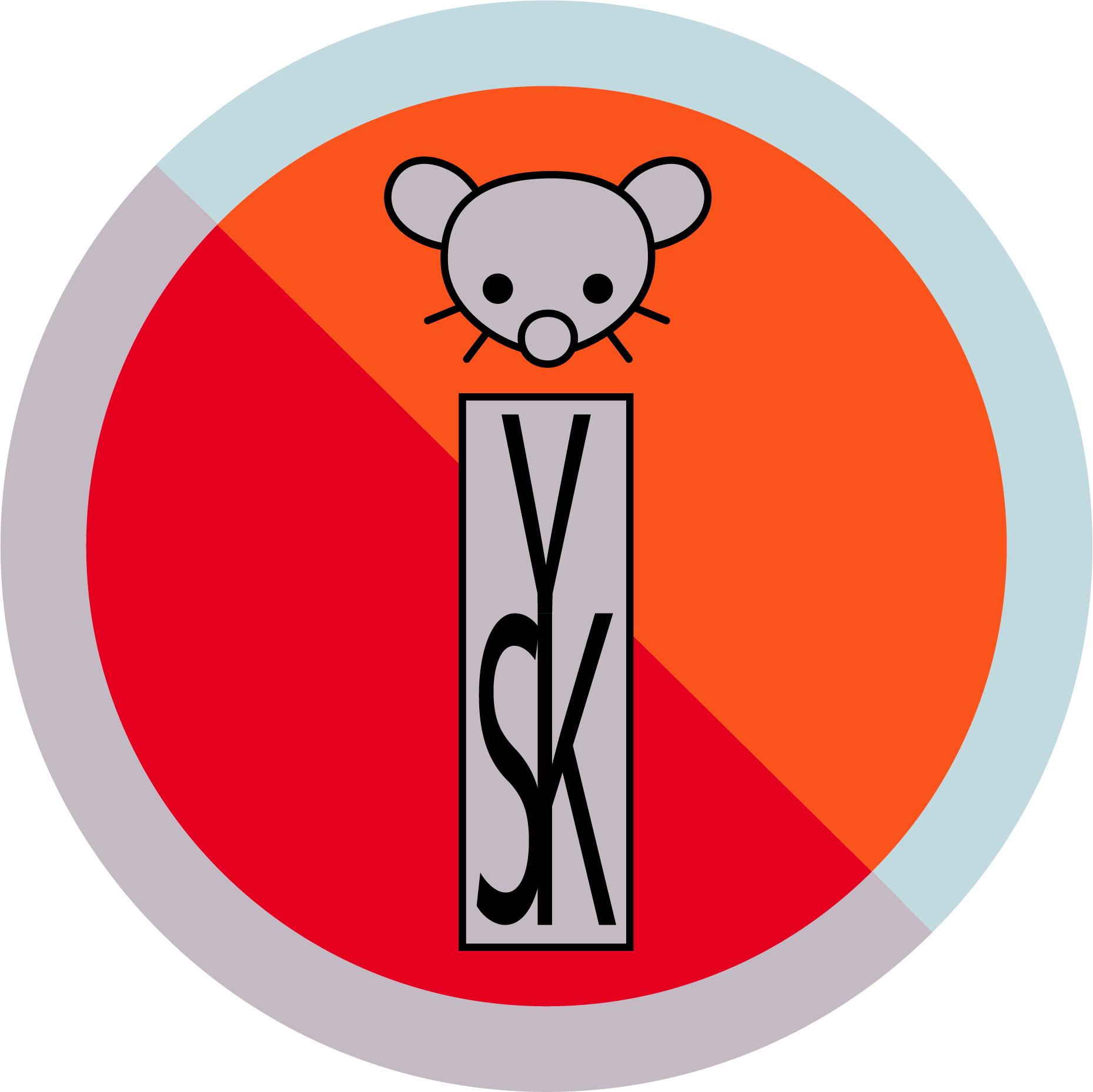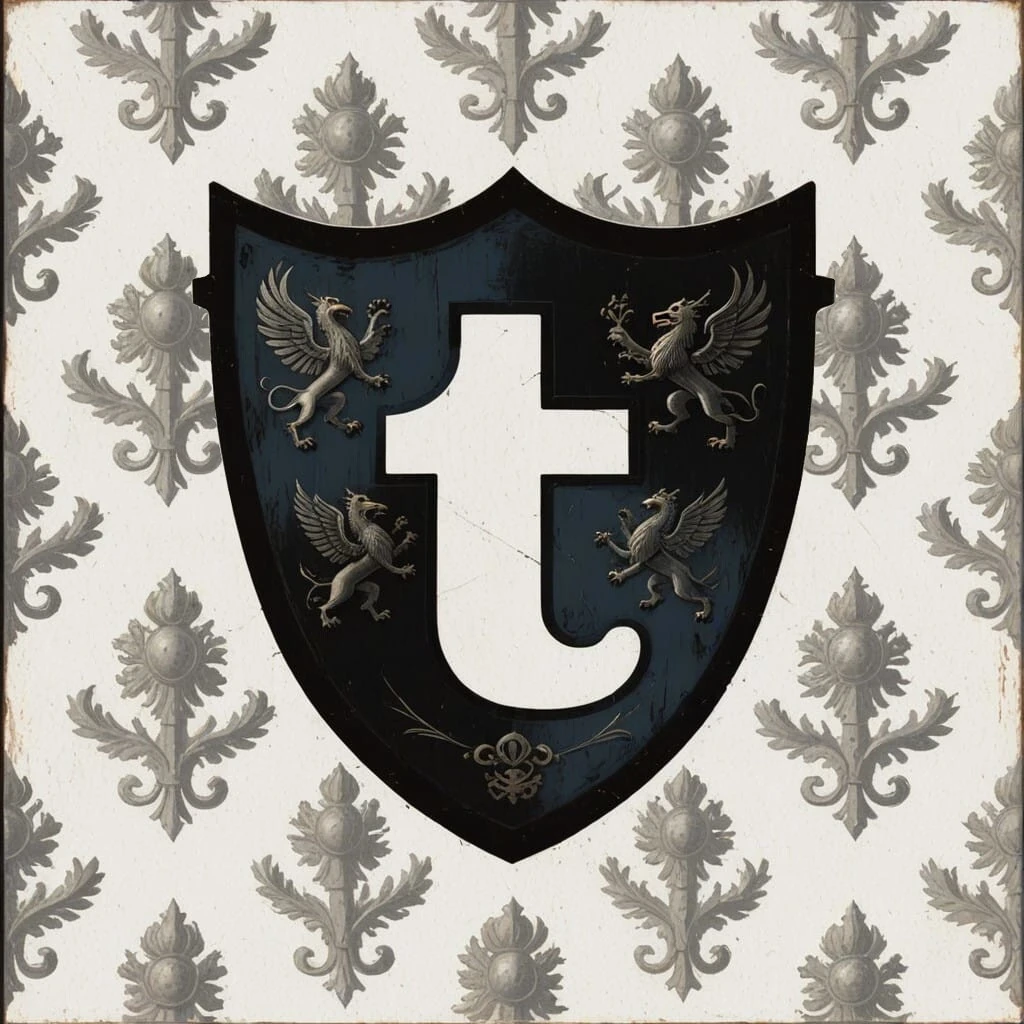

Not if it has anything to do with religion, the only entities we worship in this house is ourselves


Not if it has anything to do with religion, the only entities we worship in this house is ourselves


I don’t know my lore I stole this from bluesky


Yes, exactly. This is information that’s encoded by tone, and it is accounted for in the 7 bits per syllable (or lack of syllable, for periods for example). It was more of an example to show how if what you’re conveying is assumed to always be speech, the encoding you can use can be much more efficient.
On that note, a thing if forgot to mention is that speech assumes that what will be said is pretty much always valid. For example, sure, ascii has a lot more information density at 8 bits per character as you point out, but in reality it’s capable of encoding things like “hsuuia75hs”. If you tried communicating this to someone over speech, you’d find that the average speed you can do this drops dramatically from the normal 7 bits/syllable, where the ascii used in my comment’s text has been constant-speed. That’s one of the trade-offs.


You’ve stumbled upon the dark arts of information theory.
Sure, conveying “sandwich” in ascii or utf-8 takes 64 bits of information, but that’s in an encoding that is by default inefficient.
For starters, ascii has a lot of unprintables that we normally don’t really use to write words. Even if we never use these characters, they take up bits in our encoding because every time we don’t use them, we specify that we’re using other characters.
Second, writing and speaking are 2 different things. If you think about it, asking a question isn’t actually a separate (“?”) character. In speech, asking a question is just a modification of tone, and order of words, on a sentence. While, as literate people, we might think of sentence as written, the truth is that speech doesn’t have such a thing as question marks. The same is true of all punctuation marks. Therefore, a normal English sentence also encodes information about the tone of the sentence, including tones we don’t really know how to specify in text, and all of that is information.
This is the linguistic equivalent of kolmogorov complexity which explores the absolute lowest amount of data required to represent something, which in effect requires devising the most efficient possible data encoding scheme.


You can strip exit data in less than 1ms on a phone processor in 90 lines of js btw https://github.com/Coteh/exifremove/blob/master/src/exifremove.js
You’re delusional if you think FAANGs don’t harvest the shit out of every single but of data they can get on you, including exif.


Also musk did claim the election was stolen in his crash out a few months ago
Would be better if the flag was something like the italian flag


I think (hope) sigma grindset is a joke, in the way that it makes fun of entrepreneur influencers by being so out of line it can’t possibly be true. I have however no proof to offer.


Every site that allows image upload in existence now strips this data by default, but they do it on their server so they can get it first.
Me when I can’t look at dates
It does hurt but like licking a 9V battery hurts.
That was clear. Your distribution (or flathub) takes care of distribution (shocker, I know), so there’s no costs associated with publishing a new update.
This is linux, updates comme free with your OS.
Paid and for what? I don’t see anything in there that isn’t table stakes? I’m sorry but “download queue” isn’t a feature, it’s the most basic thing that I would expect a launcher to have.
I genuinely can’t see why anyone would pay for this much less subscription 💀


A moins que la carte soit une carte spéciale serveur (et ça m’étonnerait que tu en aies le budget, a moins qu’elle soit vieille), les deux ports d’alim doivent être connectés a au moins une alimentation. Le use-case d’alimentations redondantes n’a probablement pas ete pensé sur une carte “gaming”, donc il serait préférable de brancher les deux ports sur la même alim (auquel cas le système risque de crash si cette alim tombe).
En revanche si c’est en effet une carte pour serveurs alors oui, il est fort probable que les deux ports soient reliés a deux alims, et ils feront ce que tu souhaite.


Ah et j’ai oublie: au pire so t’as peur de fsck, il a une option dry-run qui te dit si il y a des problèmes mais ne touche a rien (lisez le manuel)


Hello!
Oui en théorie tu peux. Fsck ne touche qu’au filesystem, alors que le contrôleur raid qui expose /dev/md ne touche qu’à des blocs (physiques ou virtuels)
Oui ça peut être utile, si le filesystem est corrompu. Évidemment le raid sous-jacent va empêcher des erreurs de survenir offline, mais il est entièrement possible de se planter ou de trouver un bug du kernel/fs driver qui écrit de mauvaises data sur le fs. Dans ce cas, fsck t’aidera.
Normalement, fsck ne fera jamais perdre de données qui ne sont pas deja perdues.
Fais des sauvegardes grr
Okay so basically this is saving bytes on a technicality but also good programming language design (for this specific purpose).
The first aspect is that since you’re scored on bytes, it’s not really to your advantage to use a language that uses ascii (or utf-8) for it’s tokens, because a large part of it is unprintables like DEL or BELL. So people have designed specially crafted golfing programming languages that use a full 256 possible characters in order to pack as many features as possible in as few bytes as possible.
The good design part of it is that if you really think about it hard, there’s really not that many things you expect a programming language to do. It turns out that 256 total different operands is about in the sweet spot, so each character that’s available in the 1-byte code page is mapped to one command, and the languages are also designed to make as many things as possible implicit, both at the cost of readability. Remember, all that matters here is getting the lowest score, not code maintainability or anything else.
This leads to languages like japt (which is a terse form of JavaScript, I’m pretty sure) or pyth (same for python) or Vyxal (my personal favorite, used to be python based but is now bespoke) that look like this but absolutely own at getting a task out in as few bytes as possible.
Good for them; unfortunately I can’t understand a thing they’re saying.